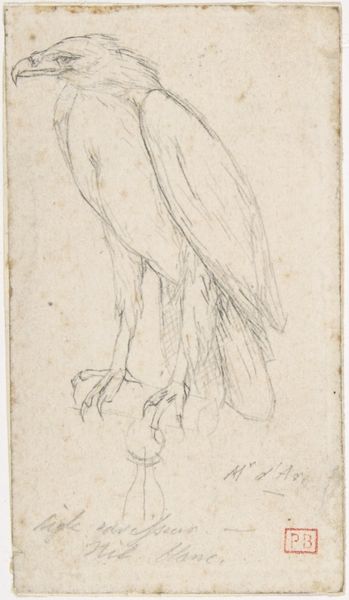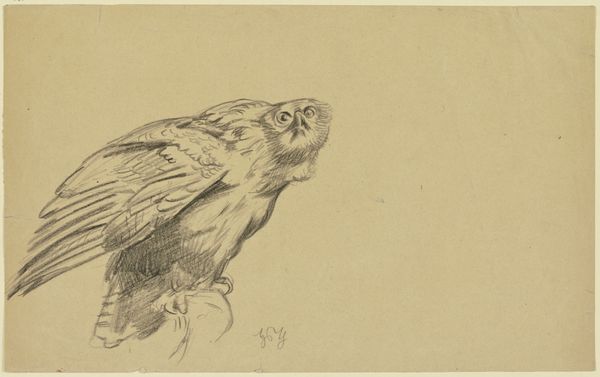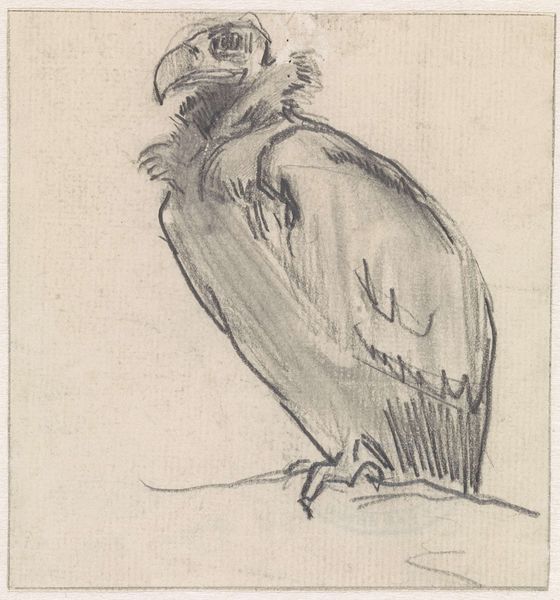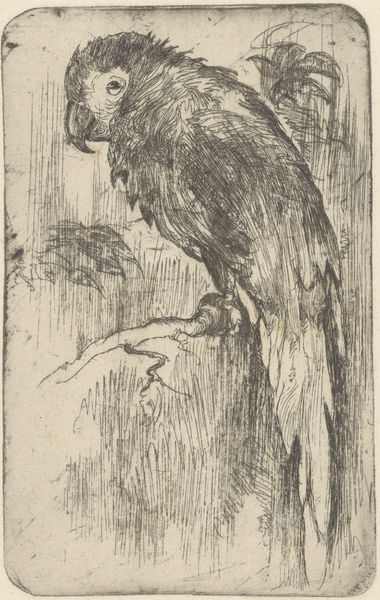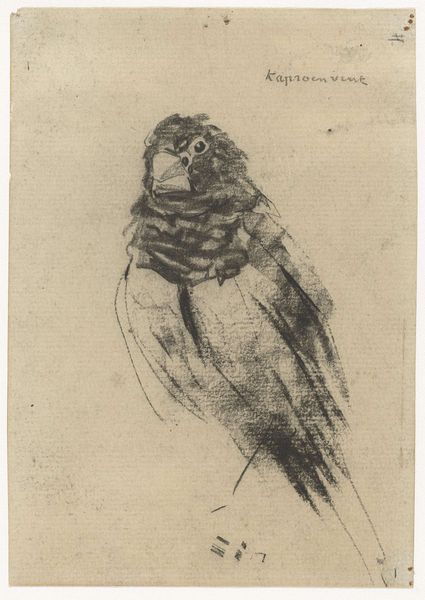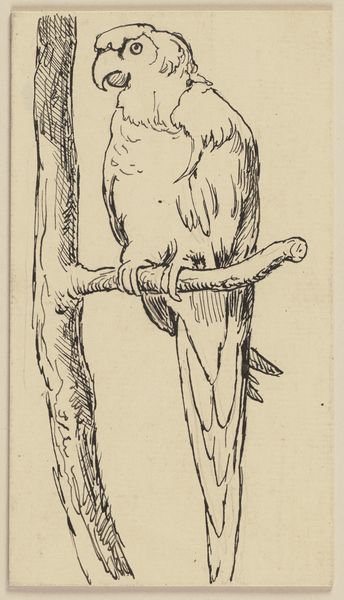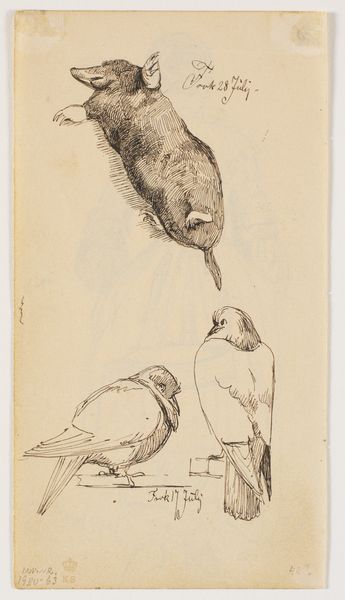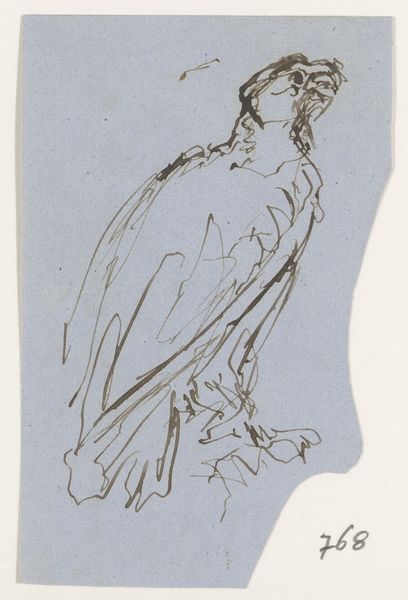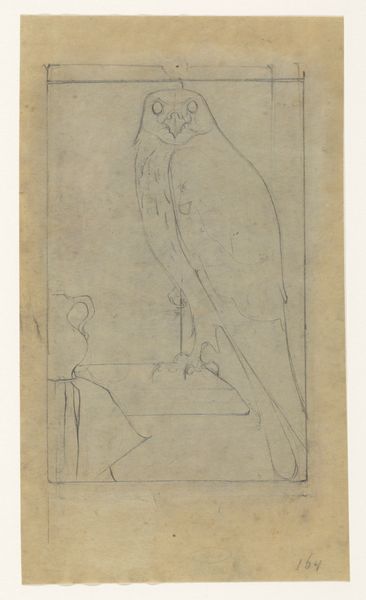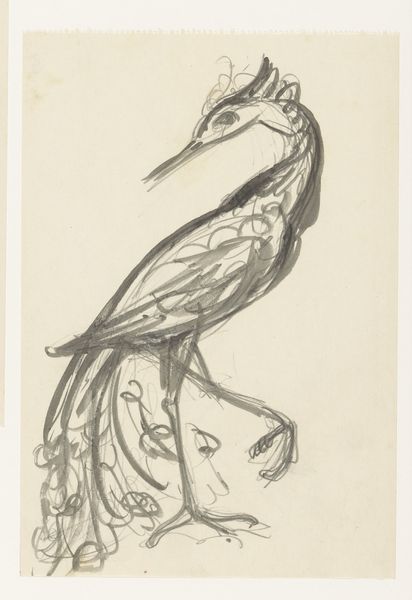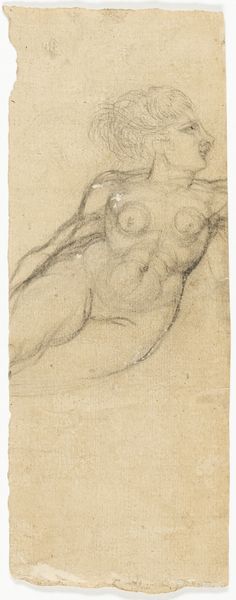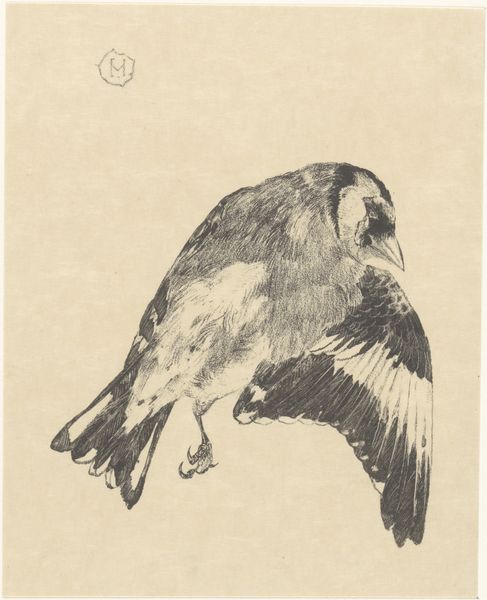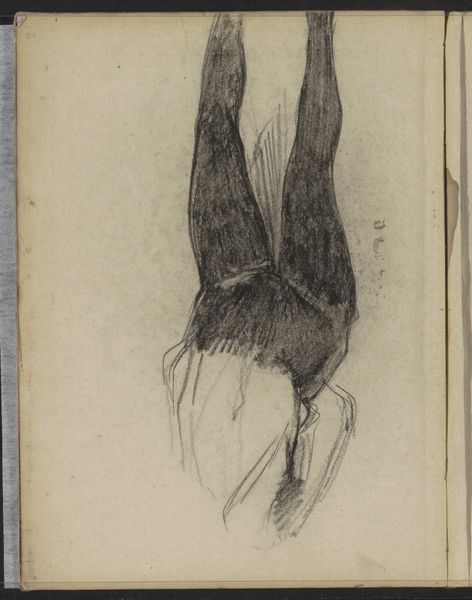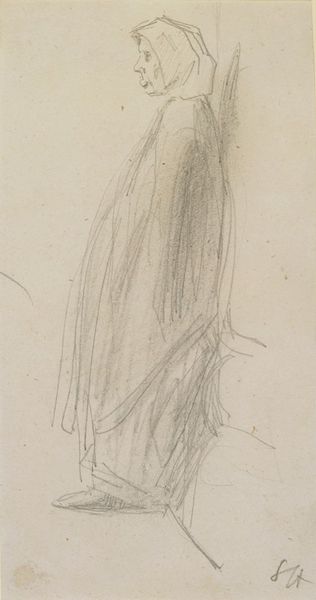
drawing, print, pencil
#
drawing
# print
#
pencil sketch
#
figuration
#
11_renaissance
#
pencil
#
academic-art
#
italian-renaissance
Dimensions: 4 1/2 x 3 7/16in. (11.4 x 8.8cm)
Copyright: Public Domain
Editor: So, this is Michelangelo’s *Anatomical Study of a Knee*, dating roughly from 1475 to 1564. It's a pencil drawing, currently held at The Met. It feels so… purposeful, yet unfinished. What strikes you about this study? Curator: The immediate resonance lies in its commitment to classical ideals married with the emerging Renaissance fascination with the human form, no longer simply a vessel for the soul, but a divine creation worthy of intense scrutiny. Consider the knee, Editor— what does it signify to you? Editor: Functionality, perhaps? Movement. Certainly not something I’d think of as symbolic on its own. Curator: But doesn't every part of us carry its own intrinsic weight? Michelangelo's relentless pursuit of anatomical precision, a symbolic endeavor mirroring the larger cultural shift towards humanism, demonstrates precisely that. We’re no longer looking at a nameless knee but an idealization, almost like a saint's relic—but in purely physical terms. Editor: A relic… I’d never considered it that way. So, the pencil, the starkness, it all serves this intense focus? Curator: Precisely. The medium here emphasizes clarity, precision, unburdened from embellishment, serving a desire to understand. In doing so, we elevate human form itself into a near-sacred image, laying groundwork for scientific, spiritual, and psychological enquiry, which we still do today. Is our obsession with physical self a natural continuation of this practice? Editor: I think so! I see what you mean by elevating. Looking at it now, I'm seeing how one part holds the entirety of that shift in perspective. Curator: It all ties together, doesn't it? And seeing these connections strengthens both our understanding and appreciation of the artwork.
Comments
No comments
Be the first to comment and join the conversation on the ultimate creative platform.
